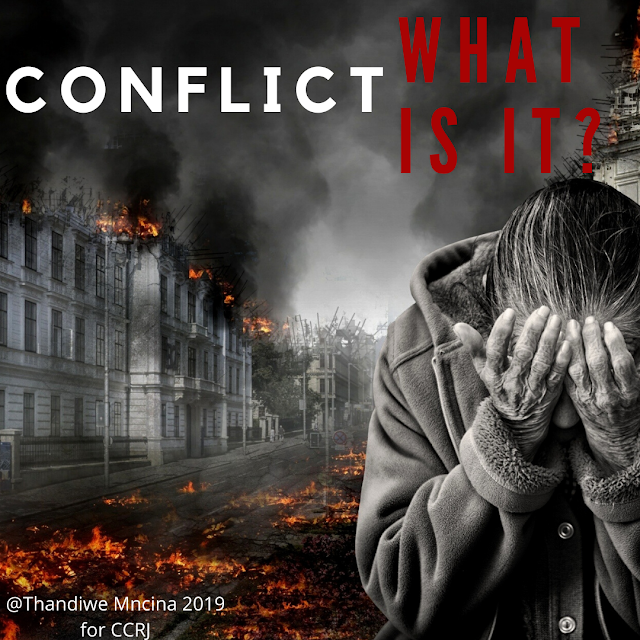Defining conflict
There are many ways to categorize armed conflicts, and those include International armed conflict, internal armed conflict, non-state conflict, communal conflict, electoral conflict. Today, most of the battles are internal conflicts, while the number of international wars has decreased drastically in recent years.
Violent conflicts usually have a negative connotation and are probably one of the most studied concepts in social sciences. As a result, we find that there is no agreed-upon definition, the reason being that one can find "conflict" researchers in a lot of disciplines such as politics, psychology, anthropology, theology, economics, sociology, and philosophy. However, the concept in a general sense is defined as "a serious disagreement between people, groups or countries" (Arnim Langer and Graham K Brown).
The Uppsala Conflict Data Program (UCDP) defines conflict as "a contested incompatibility that concerns government or territory or both, where the use of armed force between two parties results in at least 25 battle-related deaths. Of these two parties, at least one has to be the government of a state" (Wallensteen & Sollberg 2005: 635)
Stockholm International Peace Research Institute (SIPRI) defines conflict as "a 'major armed conflict' is defined as the use of armed force between the military forces of two or more governments, or of one government and at least one organized militant group, resulting in the battle-related deaths of at least 1,000 people in any single calendar year and in which the incompatibility concerns control of government or territory" (SIPRI Yearbook 2011: Armaments, Disarmament and International Security page 69)
Heidelberg Institute for International Conflict Research (Cosimo) defines conflict as "the clashing of interests (positional differences) on national values of some duration and magnitude between at least two parties (organized groups, states, groups of states, organizations) that are determined to pursue their interests and win their cases" (Heidelberg Institute for International Conflict Research, 2005: 2)
"An armed conflict is defined … as a contested incompatibility that concerns government or territory or both, where the use of armed force between two parties results in at least 25 battle-related deaths. Of these two parties, at least one has to be the government of a state"( Wallensteen & Sollberg 2005: 635)
There are several problems in the way conflict databases operationalize violent conflict. By looking at the widely used dataset (UCDP), Cramer (2006) highlights two issues with the way that conflict is operationalized. First, the causality threshold is arbitrary in number. The casualty numbers can lead to skewed conflict datasets. Second, the focus on battle death means that no consideration is given to other casualties and fatalities that are indirectly the result of the violence. But what about famine because of conflict? Also, when it comes to "battle-related deaths," the problem comes when civilians are targeted and killed, and how about civilians killing civilians? This difficulty in operationalizing or defining violent conflict means that there remains essential research that can provide information and improve our knowledge of the brutal conflicts.

Comments
Post a Comment